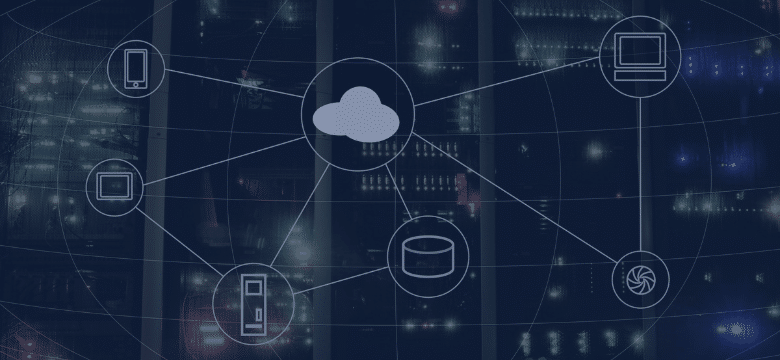








The Internet of Things (IoT) is revolutionizing the modern workplace, transforming traditional offices into smart, connected environments. As businesses seek to improve efficiency, productivity, and employee satisfaction, IoT devices are becoming increasingly crucial in shaping the future of work. This article explores the significant impact of IoT in the workplace and how these innovative technologies are reshaping various aspects of our professional lives.
IoT devices offer a wide range of benefits that go far beyond simple automation, providing tangible advantages for both businesses and employees:
IoT sensors play a pivotal role in optimizing workplace processes. For instance, smart lighting systems can automatically adjust based on occupancy and natural light levels, while intelligent HVAC controls maintain optimal temperature and air quality. These seemingly small improvements can lead to significant energy savings and create more comfortable work environments, ultimately boosting productivity.
The real-time data collected by IoT devices provides invaluable insights for management. For example, occupancy sensors can track how different spaces are utilized throughout the day, allowing companies to make informed decisions about office layouts or remote work policies. This data-driven approach ensures resources are allocated efficiently and workplace strategies align with actual usage patterns.
See more: Managing and Analyzing Data Generated by IoT Systems
IoT-enabled security systems have transformed workplace safety. Smart cameras with facial recognition capabilities, coupled with electronic access control systems, provide a more secure environment while streamlining entry for authorized personnel. These technologies not only enhance physical security but also generate useful data on building access patterns.
IoT devices enable a level of personalization previously unattainable in shared workspaces. Imagine an employee’s workspace automatically adjusting to their preferred lighting and temperature settings as they approach their desk. This level of customization can significantly improve comfort and, by extension, job satisfaction and productivity.
In industrial settings, IoT sensors attached to machinery can monitor performance metrics in real time. This capability allows maintenance teams to predict potential failures before they occur, schedule repairs during off-hours, and minimize costly downtime. For example, a manufacturing plant might use vibration sensors on production equipment to detect early signs of wear, enabling proactive maintenance.
IoT-powered collaboration tools are bridging the gap between in-office and remote workers. Smart whiteboards that can instantly digitize and share content, or conference room systems that automatically set up video calls based on calendar entries, are just a few examples of how IoT is fostering more seamless communication in hybrid work environments.
Learn more about IoT technology: How Internet of Things (IoT) Drives Business Success
The impact of IoT devices varies across different types of workplaces, each with unique applications:
Create your own smart workplace with our services: Next-gen IoT services
While the benefits of IoT in the workplace are clear, it’s crucial to address the security and privacy implications of these connected devices:
The integration of IoT devices in the workplace represents a significant leap forward in creating smarter, more efficient, and employee-centric work environments. From improving productivity and decision-making to enhancing security and personalization, the benefits of IoT are reshaping how we work.
As we continue to embrace these technologies, it’s crucial to balance innovation with robust security measures and respect for privacy. By doing so, businesses can harness the full potential of IoT to create workplaces that are not just smart, but also safe and empowering for employees.
Are you looking to transform your workplace with IoT technology? Our team of experts can help you navigate the complexities of IoT implementation, ensuring you maximize benefits while maintaining security and compliance. Contact us today to learn how we can help you build a smarter, more connected workplace for the future.
Tags
Stay ahead in a rapidly changing world with our monthly look at the critical challenges confronting businesses on a global scale, sent straight to your inbox.